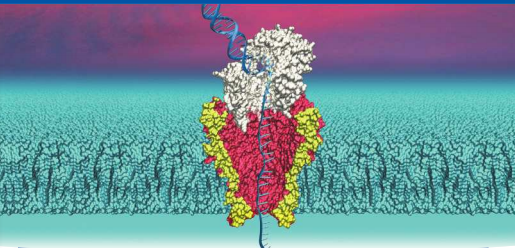Why do we have sweet tooth?

- Looking at your tongue closely in the mirror you will see tiny bumps scattered on the surface.
- Inside these bumps are small structures called taste buds and inside the taste buds are cells called taste receptors.
- The taste receptors detect the presence of certain molecules and send messages to your brain about them.
- The sensed food molecules contribute to the taste of sweet, sour (acidic), salty, and bitter.
- Some taste buds specifically respond to amino acids, triggering a taste called umami or meaty.
- If food in your mouth stimulates your bitter receptors, the brain will respond by initiating movements that lead you to spit the food out.
- But if a mouthful of something stimulates the sweet or umami receptors, your brain will probably respond by directing movements that result in you eating more.
Instead of a sweet tooth, we actually have sweet receptors.
- These receptors respond more strongly to some sugars than others.
- The six-carbon sugar fructose is the sweetest of all sugars.
- If we read the list of ingredients on food labels very well, we may have noticed that most foods are sweetened by high fructose corn syrup.
- Adding fructose to a food can help the manufacturers make the food sweeter while lowering the sugar content. A synthetic sweetener.
- NutraSweet is even more potent in its ability to stimulate our sweet receptors.
- It is about 200 times sweeter than Sucrose (table sugar).
Why do these receptor molecules and cells exist?
- Carbohydrates serve so many vital roles in our cells that the ability to sense them and the desire to take in more is beneficial to individuals.
- Responding to sweets should be an adaptation that increases the fitness of individuals in most environments.
- People who sense and respond to sweetness should survive better and produce more than individuals who do not.
But this may be more important in the past than today.
- Historically, simple sugars were extremely rare in our environment.
- In many cultures, honey was the only source.
- But with the recent invention of techniques to refine large amounts of disaccharide Sucrose cheaply, the developed nations are flooded with it.
- Our taste receptors keep responding strongly, just as they did when our ancestors occupied sugar-poor environments.
- Now, overdoses of sugar are contributing to obesity and problems with regulating blood sugar levels.
- As humans as we are, we love sweets for a reason, but in our current environment, we probably love sweets too much.
Join us for more through this link
https://chat.whatsapp.com/Bt7QvtyljSPHCa7y17zLYP






